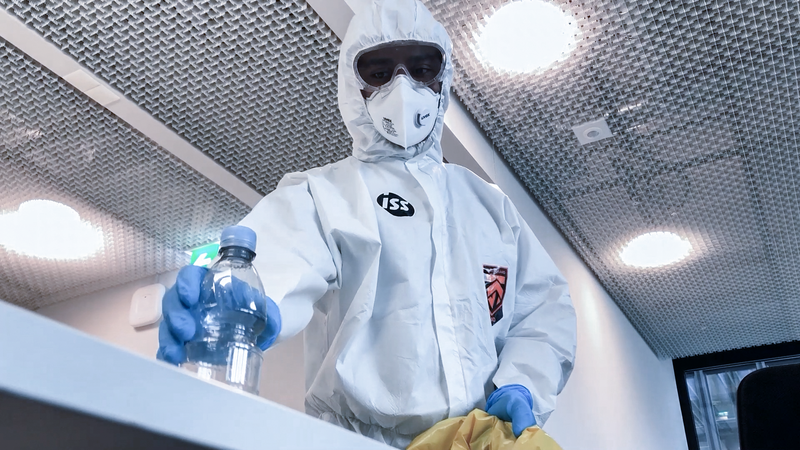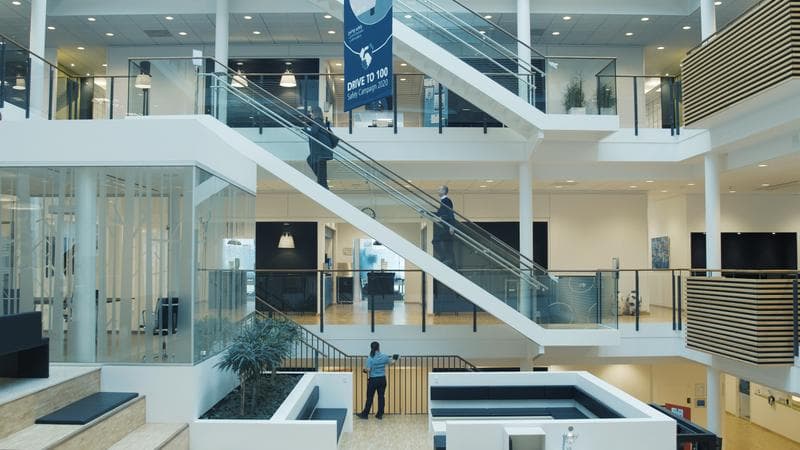When the COVID-19 pandemic hit in early 2020, relevant PPE (personal protective equipment), hand sanitizer and detergents were very quickly in short supply. From cleaning disinfectant to masks and gloves, demand was huge. Suppliers were running out of stock and many companies were struggling to get hold of enough basic equipment to ensure the safety of their employees and customers.
At this point, ISS’s strategic supplier strategy and fully integrated global supply chain made the difference.
Going the extra mile “When the crisis started, there were certain items that everyone wanted,” explains Emmanuel Buyse, Head of Group Supply Chain & Procurement at ISS. “When it came to relevant PPE and other essential supplies, manufacturers rightfully prioritized essential services, such as healthcare and elderly care. After that it came down to relationships, and we were one of the next buyers on the list.”
ISS is one of the world’s largest buying organizations for products such as hand sanitizers and detergents. Over the past few years, we have shifted from a multi-supplier policy to a strategic supplier strategy, actively consolidating volumes. Today, this means we work very closely with a number of trusted suppliers, which ensures we have access to a constant supply of high-quality products made by companies that share our high ethical standards and follow our corporate responsibility guidelines.
“In normal times, it’s about consistency and transparency,” says Emmanuel. “It’s about working together to create an ethical supply chain that’s beneficial for the supplier, for us and for our customers. During a crisis, as we have just seen, such close partnerships mean that suppliers will go the extra mile to supply what we need.”
As the crisis progressed, we were in contact with suppliers daily – sometimes hourly – explaining our requirements and forecasting, so they could plan production and distribution. This helped reduce uncertainty and shortages for customers and stopped prices from spiking.
We also talked to customers regularly. In fact, many customers began calling directly to ask if we could help procure items – just as readily as they might contact their own procurement and supply chain department.



